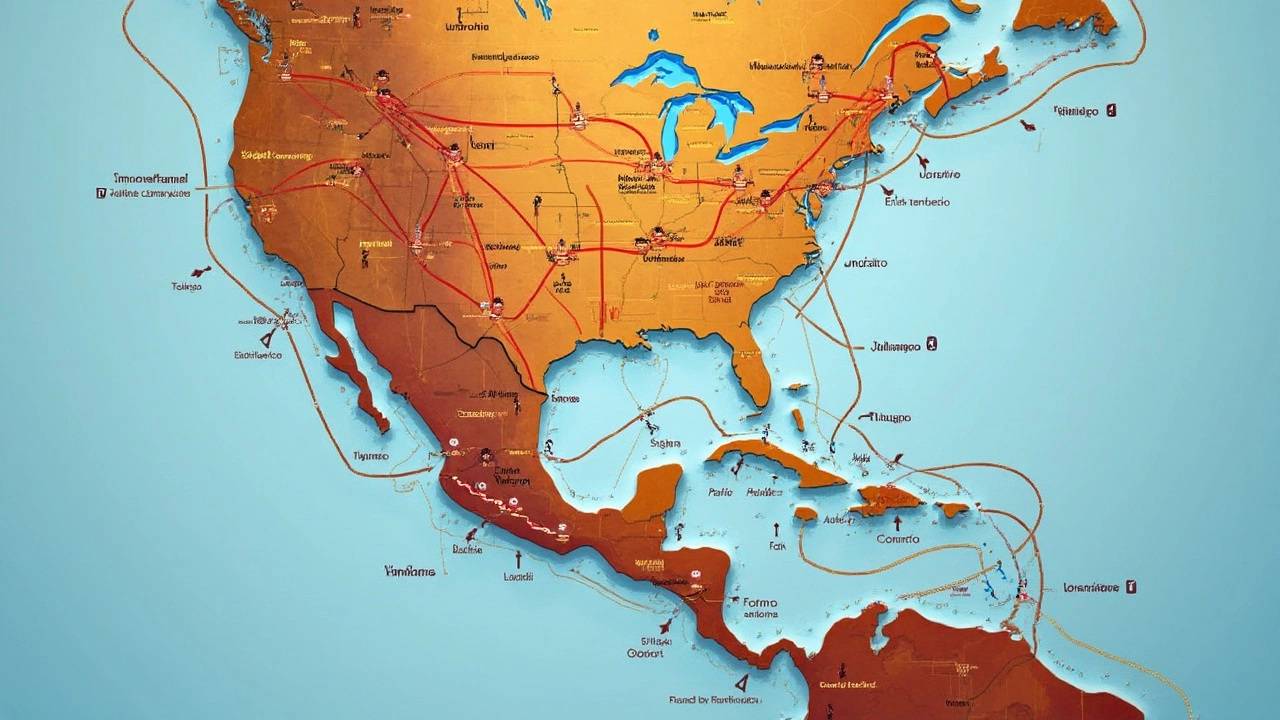US Steel Imports – What You Need to Know
If you’re curious about where America gets its steel, you’re in the right spot. Every year the US buys millions of tons of steel from abroad to keep construction, cars, and appliances moving. Knowing which countries supply the metal, how prices shift, and what that means for local producers can help investors, engineers, and anyone watching the market.
Where Does US Steel Come From?
The biggest suppliers are Canada, Brazil, South Korea, and Japan. Canada tops the list because of its close border and similar standards, making logistics cheap and fast. Brazil’s iron‑rich mines give it a cost edge, so US buyers turn there when they need lower‑priced billets. South Korea and Japan focus on high‑grade flat‑rolled products that American automakers love.
Data from the latest customs reports show that in 2024 the US imported about 30 million metric tons of finished steel, roughly 25% of total domestic consumption. That share has risen gradually as US mills retire older plants and struggle to meet demand.
How Imports Affect the US Steel Landscape
Import volumes push US prices down, which can be good for construction firms but tough on domestic producers fighting lower margins. The "steel city" story of Pittsburgh illustrates this: once a hub for integrated mills, the city now hosts many specialty shops that survive by focusing on high‑value, engineered steel.
At the same time, imports keep supply stable when domestic output falls short during a hot building season. This balance helps avoid price spikes that could stall projects. However, trade policies like tariffs or anti‑dumping duties can quickly change the math, so staying updated on government actions is essential.
For businesses looking to source steel, the practical tip is simple: compare landed cost, not just the invoice price. Freight, insurance, and customs fees can add 5‑10% to the final bill, and that extra can turn a cheap foreign offer into a pricey one.
Another angle worth watching is the rise of "green" steel from Europe and Canada. These products use renewable energy and generate fewer emissions, a factor that increasingly matters to eco‑conscious buyers and regulatory bodies.
In short, US steel imports are a mix of cost, quality, and policy. By tracking the top supplier nations, watching price trends, and understanding how imports fit into the broader industry, you can make smarter decisions whether you’re buying metal for a new bridge or analyzing market opportunities.

Where Does the US Buy Most of Its Steel?
The US relies heavily on steel imports to fulfill its industrial and construction needs. Major sources include Canada, Mexico, and Brazil, with Canada often topping the list due to its proximity and established trade agreements. Understanding where the US sources its steel can reveal insights into trade relationships and economic influences. The article explores key suppliers, trade dynamics, and the impacts on the domestic market.
